Hiroshima and Nagasaki, not to forget
Hiroshima and Nagasaki, two symbolic cities of Japan that remind us of the greatest mistake humanity has ever made.
The sad legacy of Hiroshima and Nagasaki
Located west of Honshū and facing the sea, Hiroshima (広島市) is the largest port city in Chugoku.

photo credits: viaggi-lowcost.info
Hiroshima
Founded by the daimyo Mōri Terumoto in 1589, Hiroshima passed into the hands of various administrations. In 1938 it became a military centre of strategic and military importance throughout the Second World War. No bombing struck the city until that tragic August 6, 1945, at 08:16:08. “Little Boy”, the first atomic bomb ever used in a conflict, was launched by the United States over the city causing thousands of victims instantly. However, these increased in the months following the causes of radioactive fallout. Despite the radioactivity, the city was rebuilt in 1949 regaining its industrial importance.
The damage caused by the atomic bomb persisted in the following years and in 1955 the Hijiyama medical centre was established, where to welcome, study and treat the sick. In the early 70’s the “Atomic Bomb Casualty Commission” was born to control the land and the air.
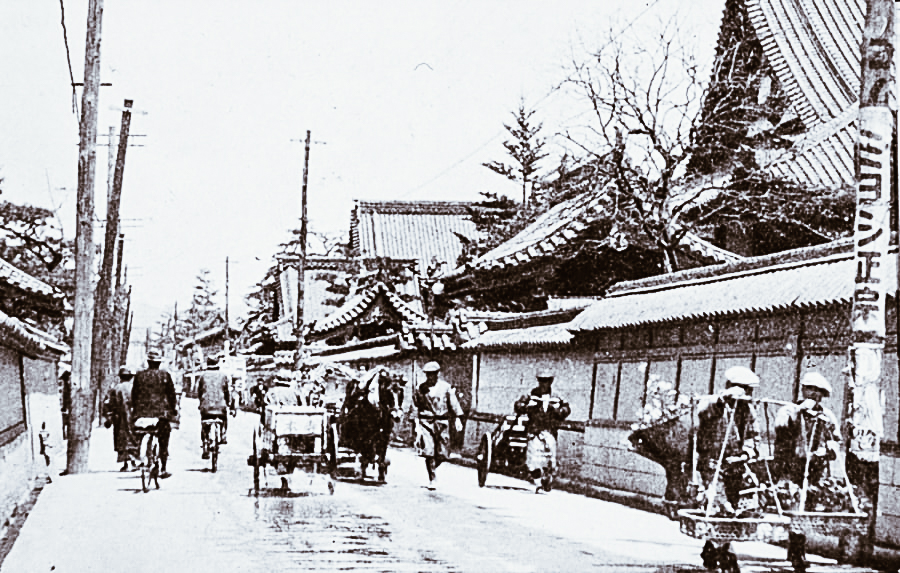
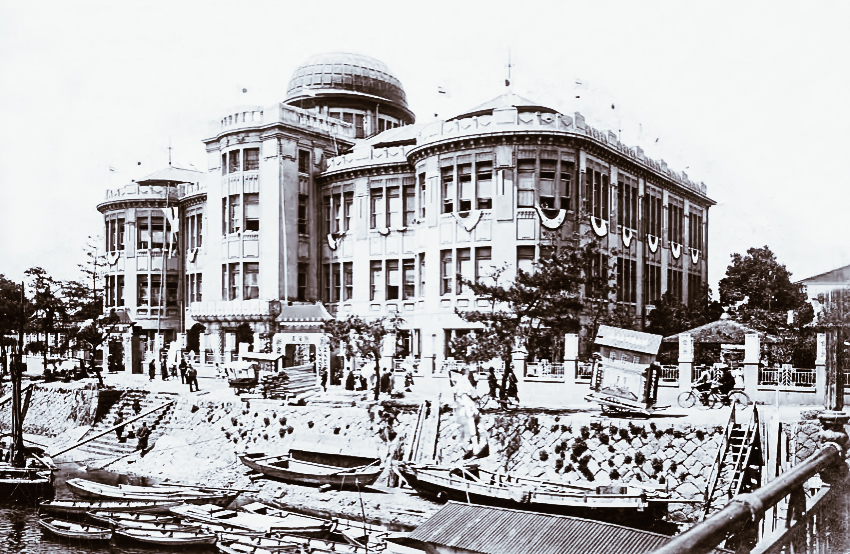
photo credits: focus.it
Although the city was razed to the ground on that tragic day, only one building resisted bringing with it the sad signs of what happened. We are talking about the Genbaku Dome (原爆ドーム, the dome of the atomic bomb). However, before the war, the palace was the seat of the ancient chamber of commerce, today it is classified world heritage by UNESCO as a testimony to the devastation of nuclear weapons.
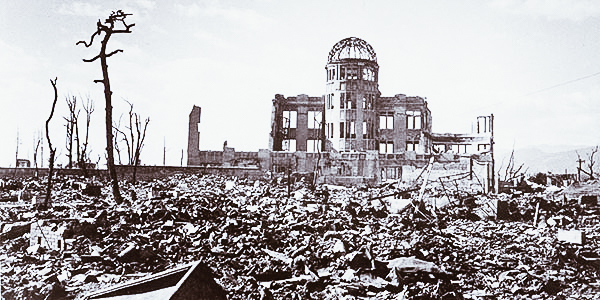
photo credits: agrpress.it
Visit Hiroshima
What history has left us must be a warning to the future and both Hiroshima and Nagasaki are a living example. In this regard, if you plan to visit Hiroshima, one of the milestones is the Peace Park. It includes the Peace Museum and the Cenotaph of the memorial for the victims of the atomic bomb. The latter, built by the architect Kenzo Tange, lists the victims of the bomb whose epitaph reads: “May souls rest here in peace so that hell is not repeated”. We cannot then forget the dome of the bomb.
For any information regarding the Hiroshima Peace Memorial Museum you can visit the official website in English.
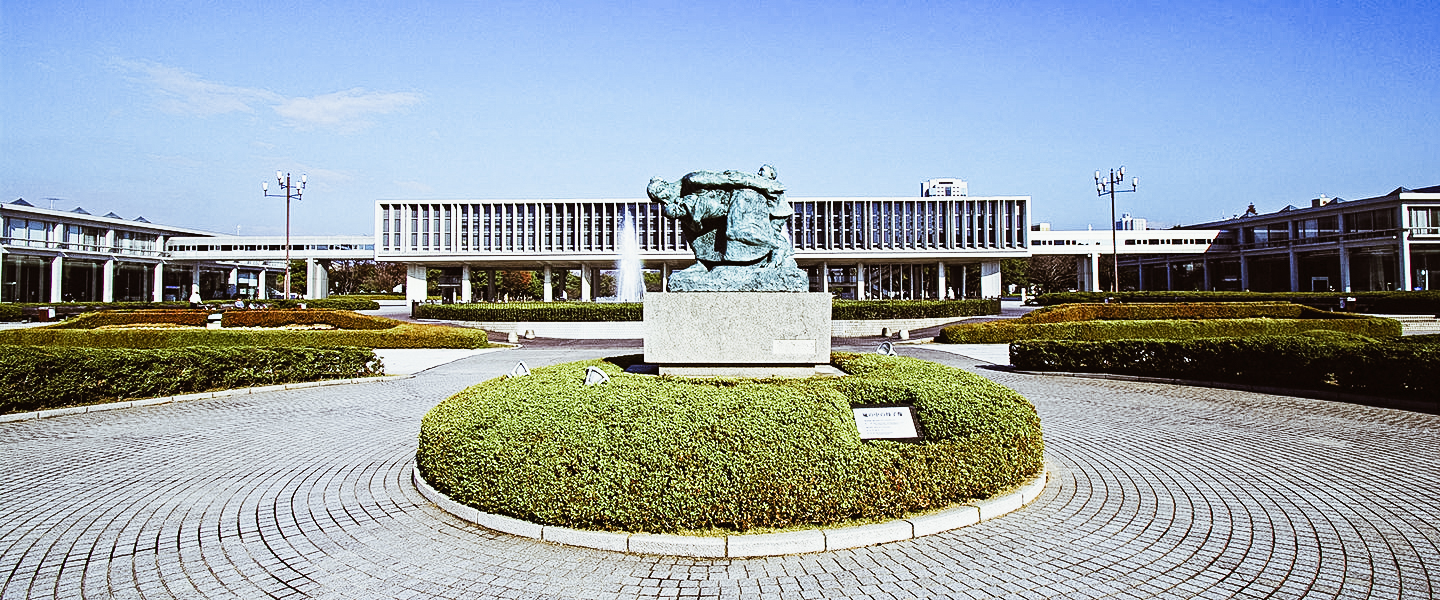
photo credits: visithiroshima.net
In the city, we can find other interesting museums, such as the Hiroshima Museum of Art. Here the museum displays a vast collection of modern European art, from romanticism to impressionism. Moreover, the Hiroshima MOCA (museum of contemporary art) exhibits the works of Japanese and foreign artists after the Second World War.
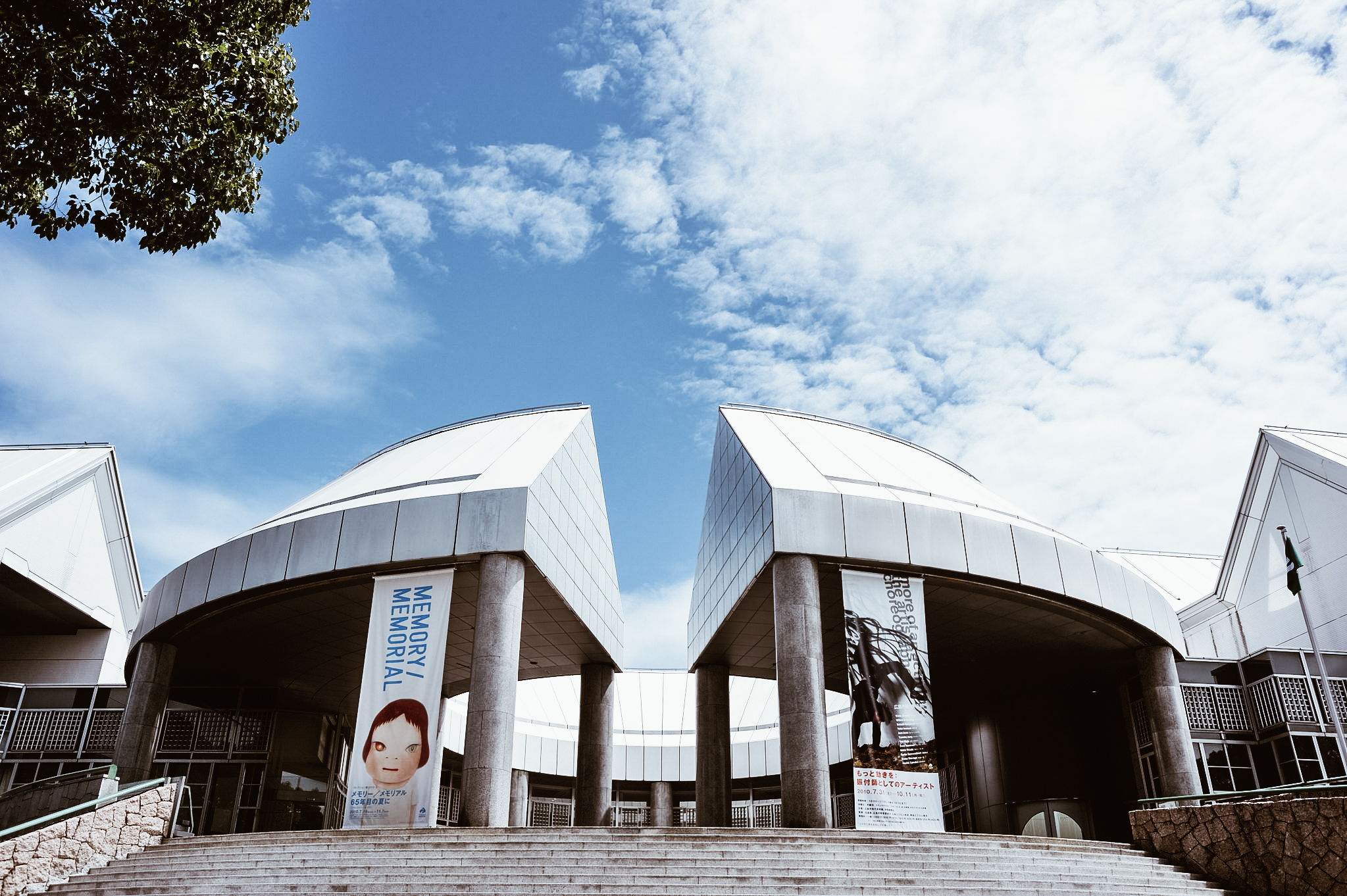
photo credits: maitreyoda
The Shukkei-en garden and Hiroshima Castle
The Shukkei-en garden was built in 1620 during Shigeyasu Ueda on the orders of Asano Nagaakira, daimyo of Hiroshima han (fief). Used as a residence of the Asano family in 1940, and then given to the prefecture of Hiroshima. Located very close to the zero point of the nuclear attack, the Shukkei-en suffered extensive damage and later became a refuge for war victims. After renovations, it reopened to the public in 1951.
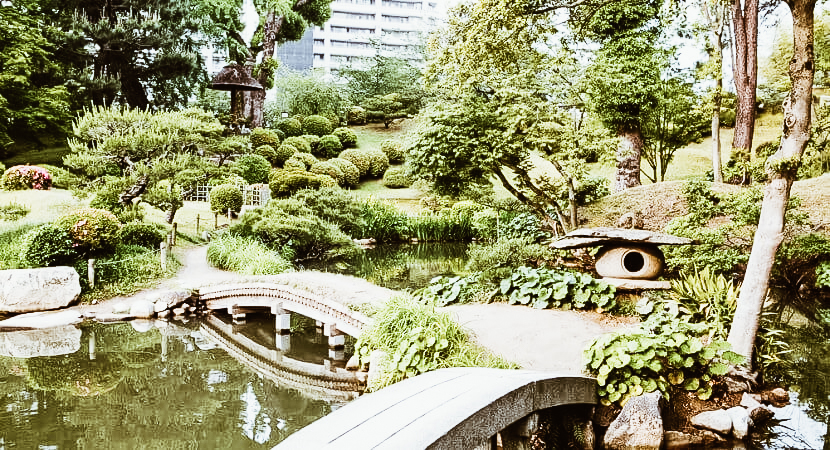
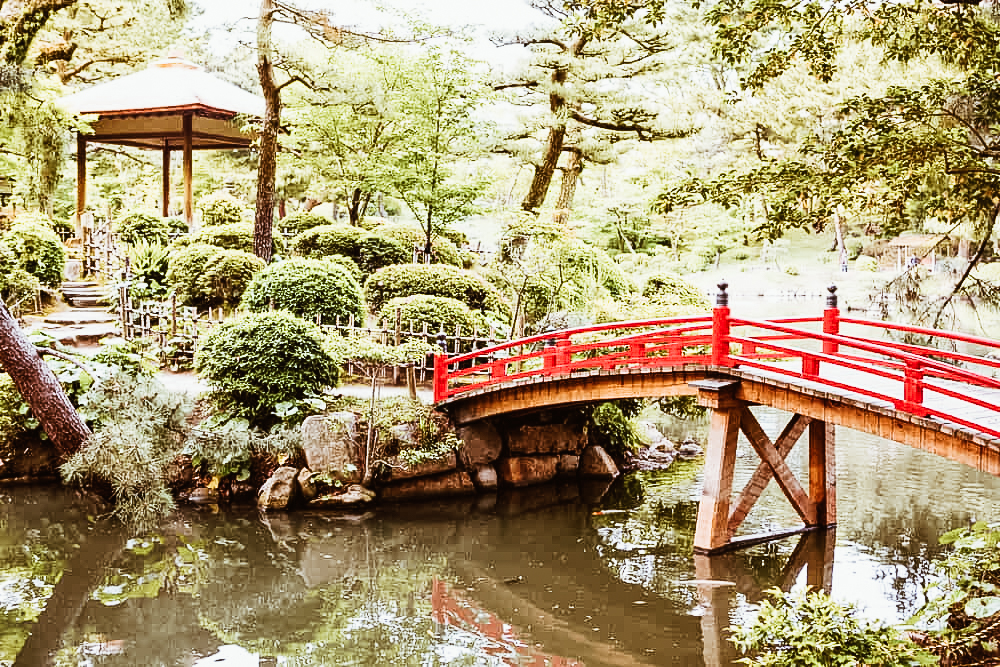
photo credits: thetruejapan.com
A Castle is closely connected to this wonderful garden, it’s the (広島城) Hiroshima-jō also called (鯉城) Rijō literally Carp-Castle. In fact, the exterior, completely painted in black, would refer to the image of a black carp. Built in 1590, it became the residence of the lord of the feud, Mori Terumoto. Destroyed by atomic bombing, it was faithfully rebuilt in 1958.
It is currently the home of the Hiroshima history and culture museum surrounded by a public park. From the top of the castle, you can enjoy a splendid view of the port of Hiroshima and the island of Miyajima.

photo credits: fr.japantravel.com
To discover all the attractions and wonderful temples that rise in Hiroshima, you can visit the official site of the city (in English).
Nagasaki
Like Hiroshima, Nagasaki (長崎市) is today an important international trading and port centre.
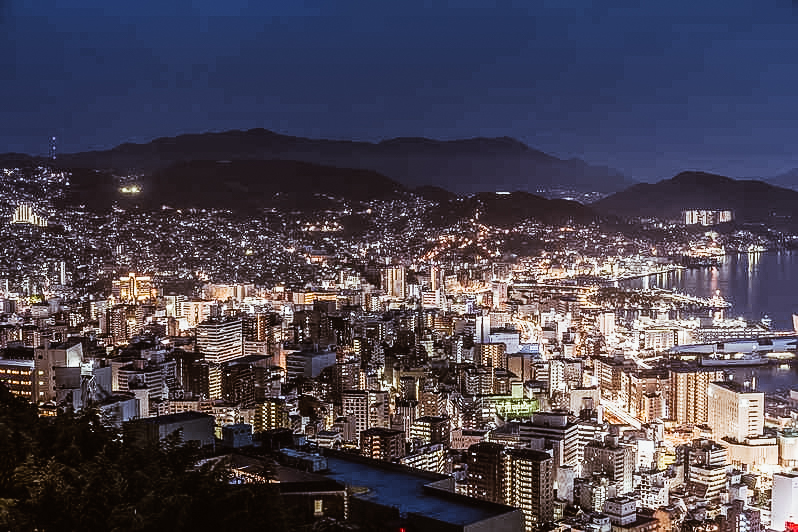
photo credits: getyourguide.it
This modern town with a thriving maritime economy developed in the 11th century, expanding rapidly. In 1568 the daimyo Ōmura Sumitada converted to Christianity and made Nagasaki an international port, thus opening it to the influence of Europe. However, when the army chief Toyotomi Hideyoshi came to power, the city turned into a nightmare for Christians. In fact, on February 5, 1597, 26 people who professed the Christian religion were crucified. Christianity was banned and the kakure kirishitan (隠れキリシタン), Christians who professed their faith in great secrecy and clandestinity, spread. It was only with the Meiji Restoration in the mid-800s that religious freedom made Nagasaki the centre of Japanese Catholicism. The city became even stronger from the industrial point of view.
However, this also marked the condemnation of Nagasaki. On 9 August 1945, three days after the bombing of Hiroshima, the now-famous “Operation Manhattan” by the USA was implemented. “Fat Man”, the second atomic bomb, fell on the city.
Being purely an industrial zone and being the bomb less powerful than that of Hiroshima, the victims of the attack were significantly lower. In 1949 Nagasaki was quickly rebuilt and all its economic prestige recovered.
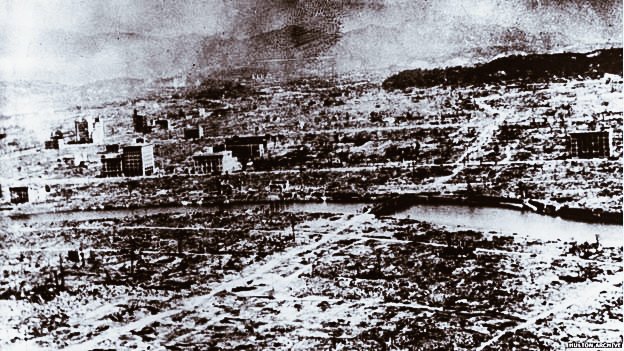
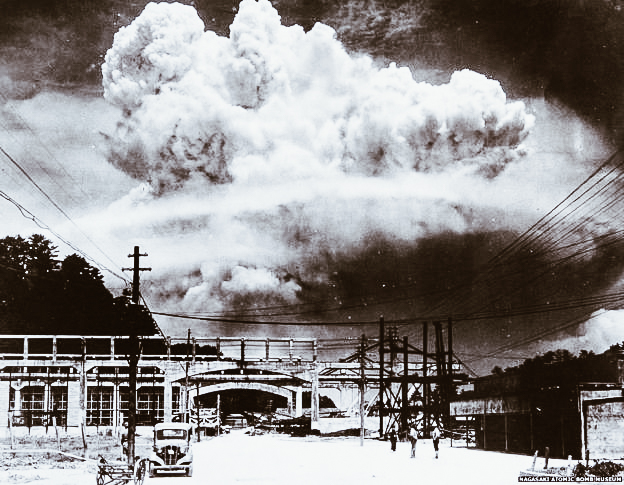
photo credits: bbc.com
Nagasaki’s wounds
The symbol of the history of Christianity in Japan is the Twenty Six Martyrs Museum which commemorates the 26 martyrs killed in 1597.
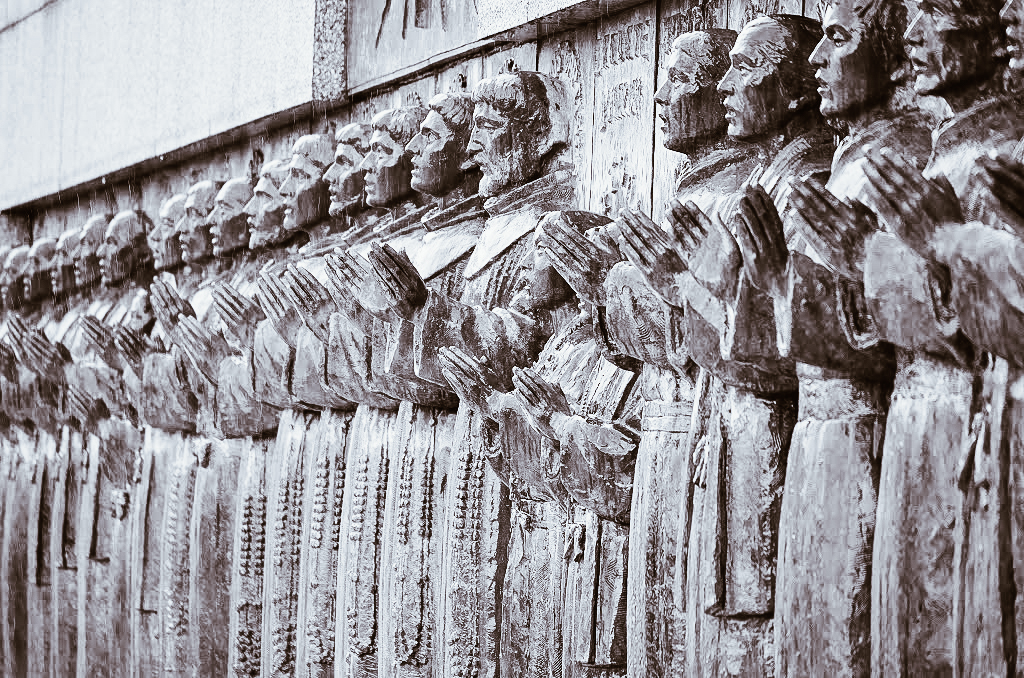
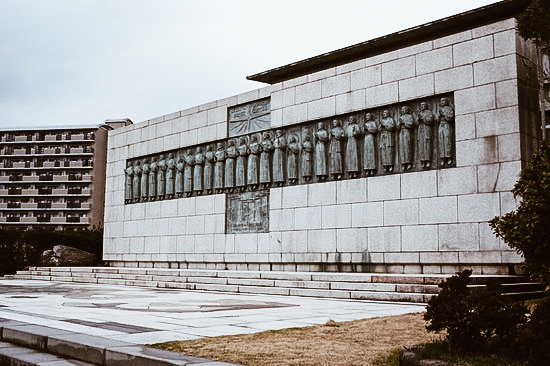
photo credits: tropki.com, tripadvisor.it
Of course, as in Hiroshima, the Nagasaki Atomic Bomb Museum is also a milestone in this journey. A memorial showing the city before and after the bombardment with the aim of pushing people to reflect on what truly means peace and denuclearization. Moreover, exactly in the place where the bomb broke out, stands the Peace Park.

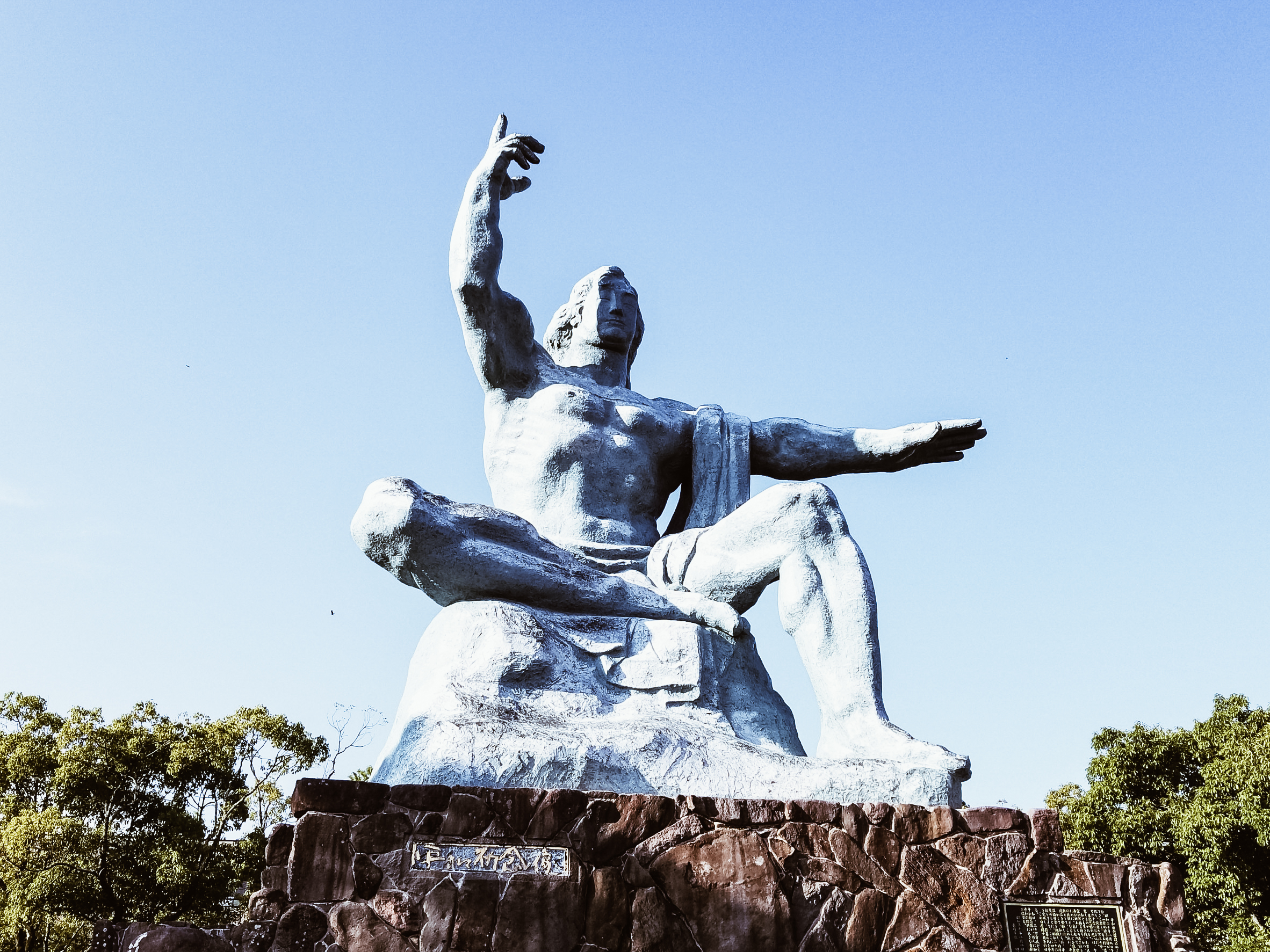
photo credits: welcomekyushu.com, wantabi.info
At 20 km from the port, there is Gunkanjima (Hashima Island, the armoured island), the smallest most populated island in the world, or so it was until the 70s. In order to accommodate as many people as possible, the island took on the appearance of a massive battleship. Later, it was completely abandoned, becoming an example of industrial archaeology that attracts ruins enthusiasts!
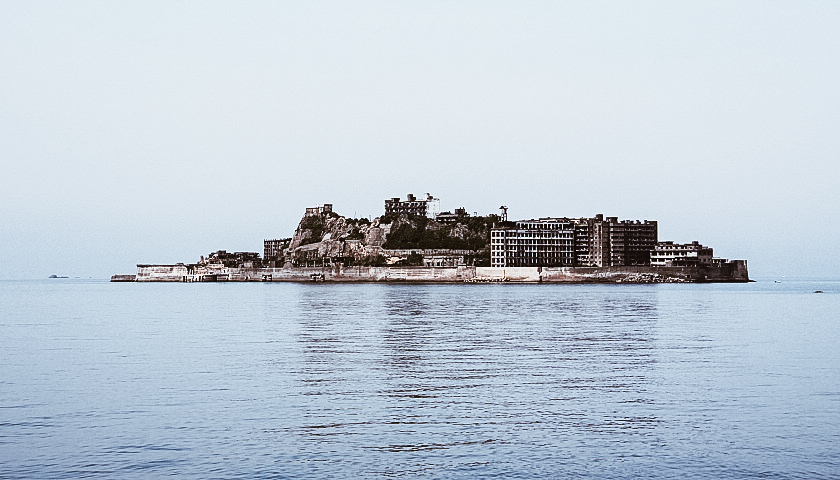
photo credits: japan-guide.com
Visit Nagasaki
If you are a fan of breathtaking city views, a must is the summit of Mount Inasa (稲佐山, Inasayama) which, with its 333 meters, is located near the centre of Nagasaki. Besides the car and the bus, you can use the cable car to fully appreciate the beauty of the surrounding nature!
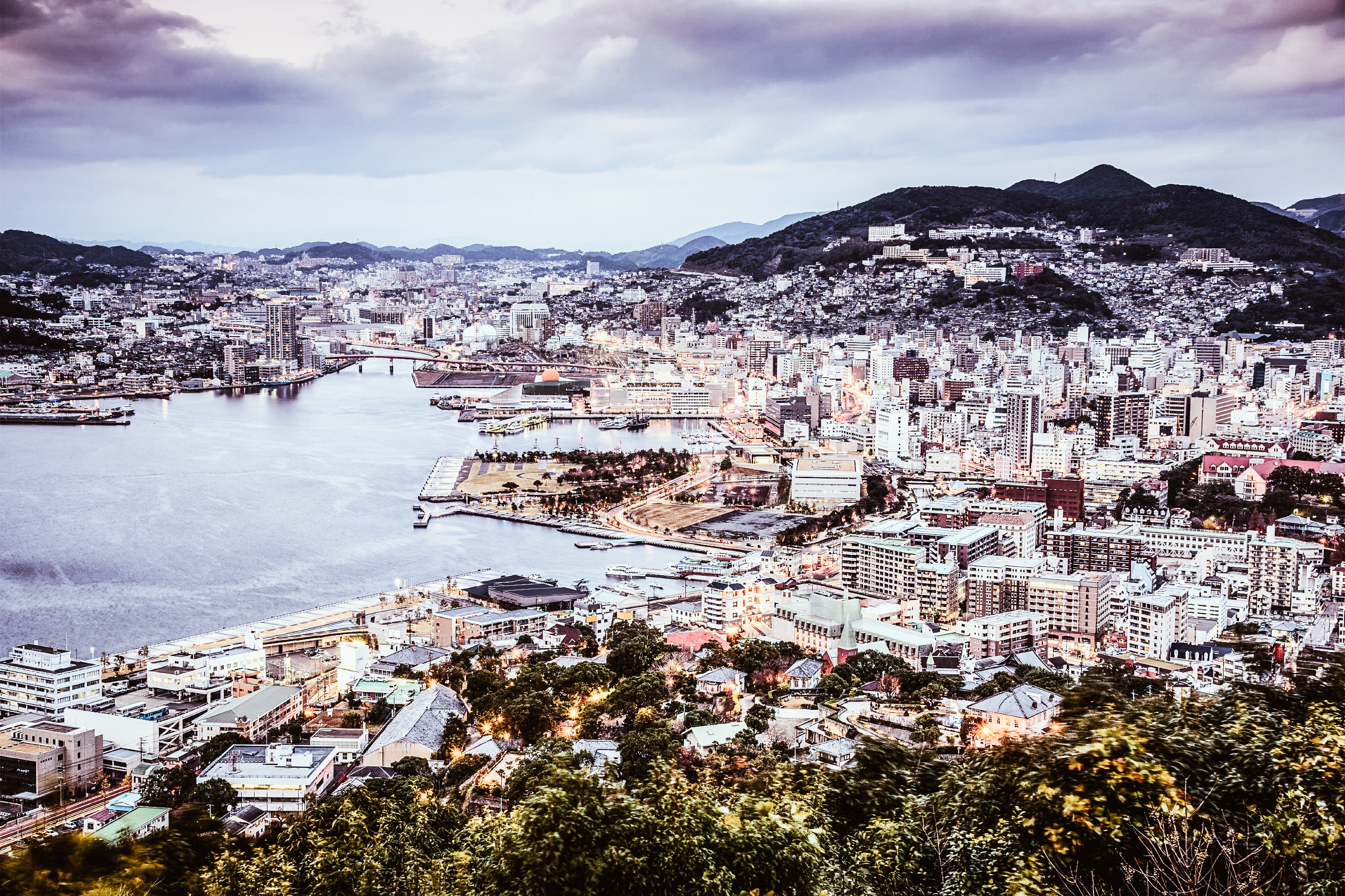
photo credits: travel.gaijinpot.com
Naturally, Japan has accustomed us to splendid corners of paradise-like gardens. In fact, in Nagasaki we find the Glover Garden. Located on the hill where Western merchants settled since 1850, it is a real museum where you can visit the buildings of the time.

photo credits: japanmeetings.org
Among the many temples, there is something that is not easy to find in Japan. We are talking about the Basilica of the Twenty-Six Holy Martyrs of Japan (日本二十六聖殉教者堂) or Ōura Church (大浦天主堂 Ōura Tenshudō). It is a Catholic church dating back to the Edo period. For many years it was the only Western-style building inscribed in Japan’s National Treasury and is considered the oldest church in Japan.
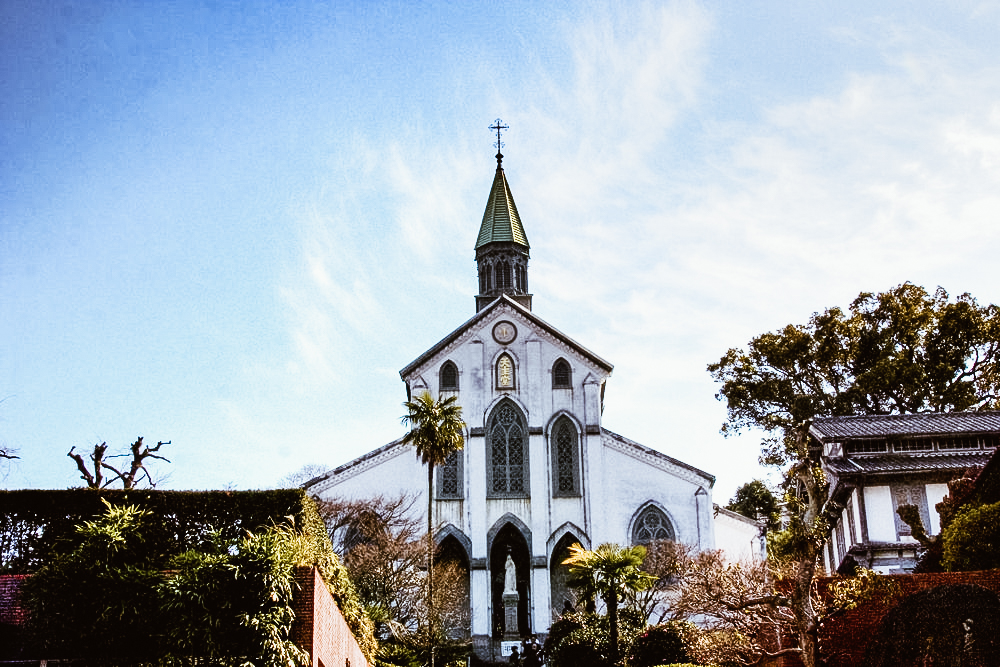
photo credits: yitubao.com
Behind the sad story that unites these two cities, there is the great strength of a Nation that has always known how to rise back up. Hiroshima and Nagasaki are historical testimonies that we wanted to remind you of and that too often are considered as distant realities, but which instead must make us reflect deeply, not to forget what happened.
Share this:
- Click to share on Facebook (Opens in new window)
- Click to share on Twitter (Opens in new window)
- Click to share on Tumblr (Opens in new window)
- Click to share on Pinterest (Opens in new window)
- Click to share on Telegram (Opens in new window)
- Click to share on WhatsApp (Opens in new window)
- Click to share on Reddit (Opens in new window)
- Click to print (Opens in new window)






